It helps to learn about the people we serve in Kenya, so we’re taking a moment to highlight aspects of Maasai culture that are unique to this group. In doing so, we hope to show why it’s important to help the Maasai maintain their unique lifestyle in an ever-changing modern world.
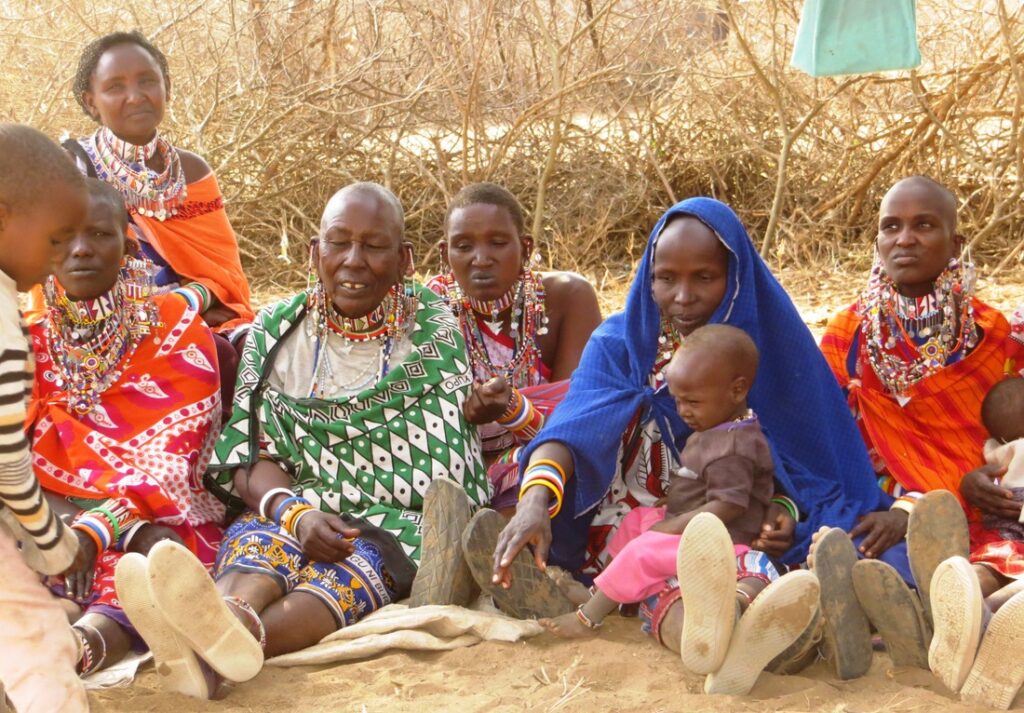
The Importance of Cattle
Maasai is one of 45 recognized tribes (social groups) in Kenya and, although not the largest group, it’s characterized by its distinctive attire and traditions. One of the few indigenous tribes to inhabit its ancestral lands along the Kenyan-Tanzanian border, Maasai recently have been relegated to areas less conducive to nomadic life. Still, cattle is the most important sign of wealth for Maasai men. The more, the better. The bigger, the better. Cattle is central to Maasai culture and ritual.
Cows equal currency. For example, they’re used as a dowry and given to a young woman’s father before she can be married. Often, only elder Maasai have enough cows to afford this, so the marriage ritual itself is a status symbol for men, especially those who can afford to have more than one wife. Families negotiate the number of cows and perhaps other livestock needed in the dowry before the marriage can take place. On the day of the wedding, a bull will be sacrificed, both as a symbol and also as means of food for the ceremony.
Cows are also used as payment for any infractions or conflicts that arise. Currently, with a two-year-long drought affecting all facets of Maasai life, they’re being sold off as a last resort so that food and school fees can be paid. Even when they have nothing else, cows are critical to the survival of the Maasai.
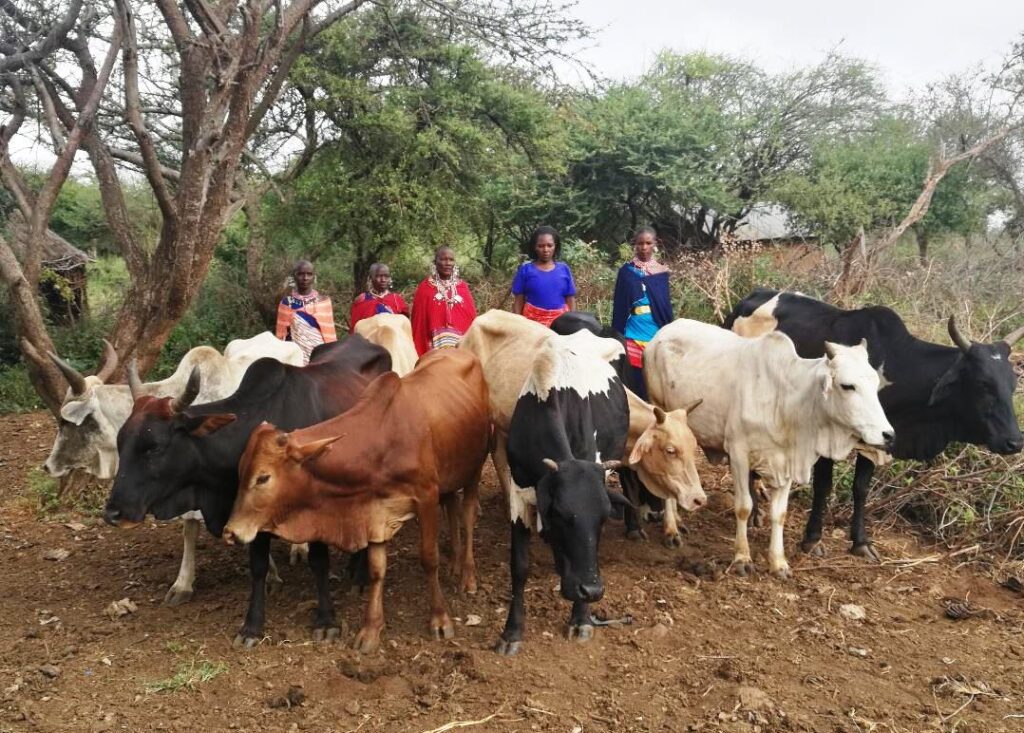
Changes in Cattle Cultivation
A large herd of cattle may build social status, but cows in particular are also important in practical ways. Milk, for example, is consumed in ritual ceremonies, given to the sick, and mixed in food staples with meals. Occasionally, bulls are butchered at celebrations. Feeding and herding cattle is a vital part of daily life for Maasai because it’s necessary to keep them healthy. This is also why, in many cases, they’re considered more important than women and children to Maasai elders.
The culture has had to adapt to a changing environment, however. With more extensive droughts occurring more often, sufficient water and grass are harder to find so men have had to extend grazing practices beyond their normal areas. Politically, land has been meted out or sold outright, which also affects where cattle can and can’t roam. Limited resources and restricted areas have tightened the yoke, so to speak, for Maasai herders, which means that other methods of cultivation have been adopted for the sake of survival.
Although the concept of cattle as cash is firmly ingrained in Maasai culture, the ways cows are cultivated have had to change. Herders are learning how to maintain healthy cows that then can be sold in the market for a higher value. Also, preventing illness means that more cows survive, even in severe drought conditions. Choosing certain breeds of cows is another way the ensure that money invested yields better profits. Rather than having the most cattle, Maasai are making better choices without changing or abandoning their cultural traditions.
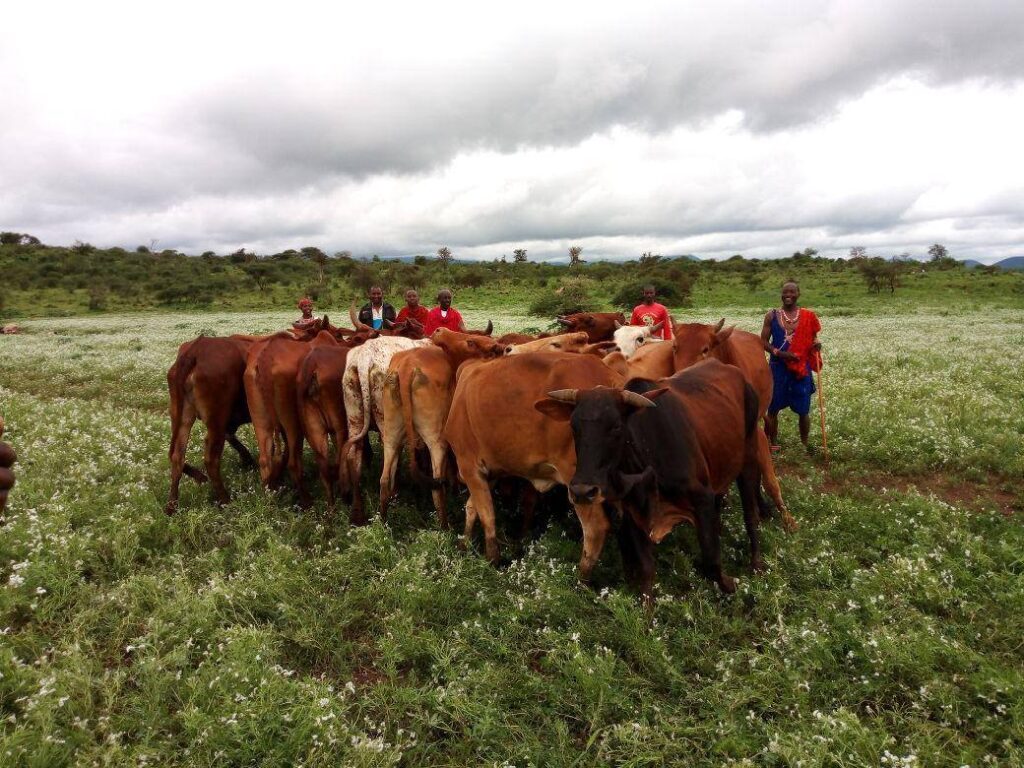
Protecting Maasai Culture
Maasai culture is old, traditional, and multifaceted. It’s both fixed and flexible. And it’s been under threat for a long time. Even though the Maasai can’t totally continue a nomadic existence, they still keep many of their cultural traditions.
Respect for their lifestyle, beliefs, and practices is necessary if we want to help them. The Maasai have been resilient enough to withstand colonization, plagues, and conflicts. WILK’s role is to help Maasai maintain their traditional culture while benefitting from social institutions (like schools and businesses) so that they can choose how to live.
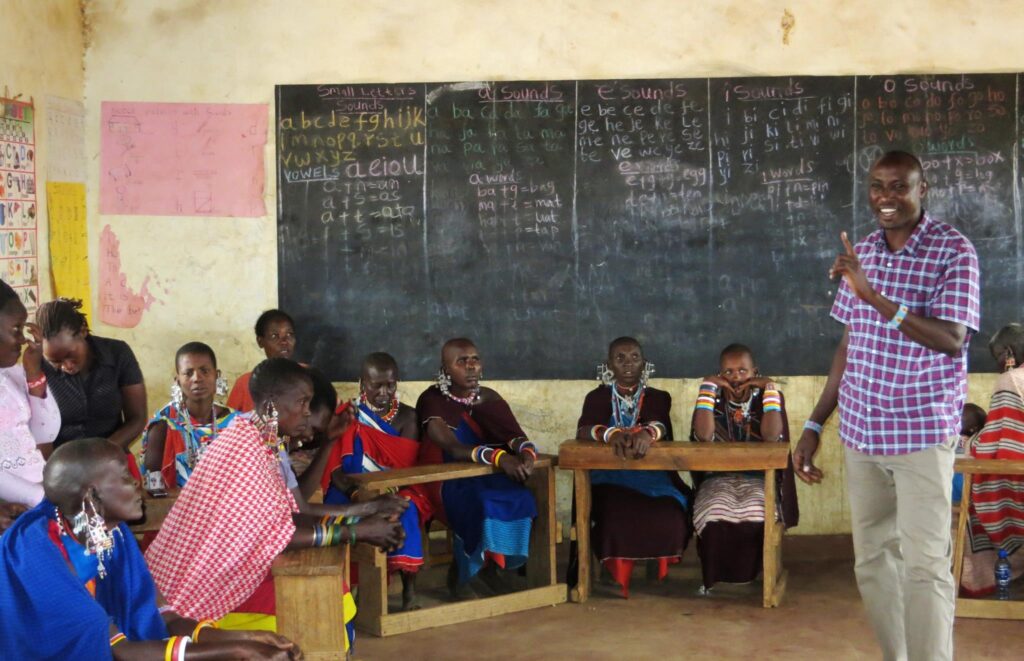
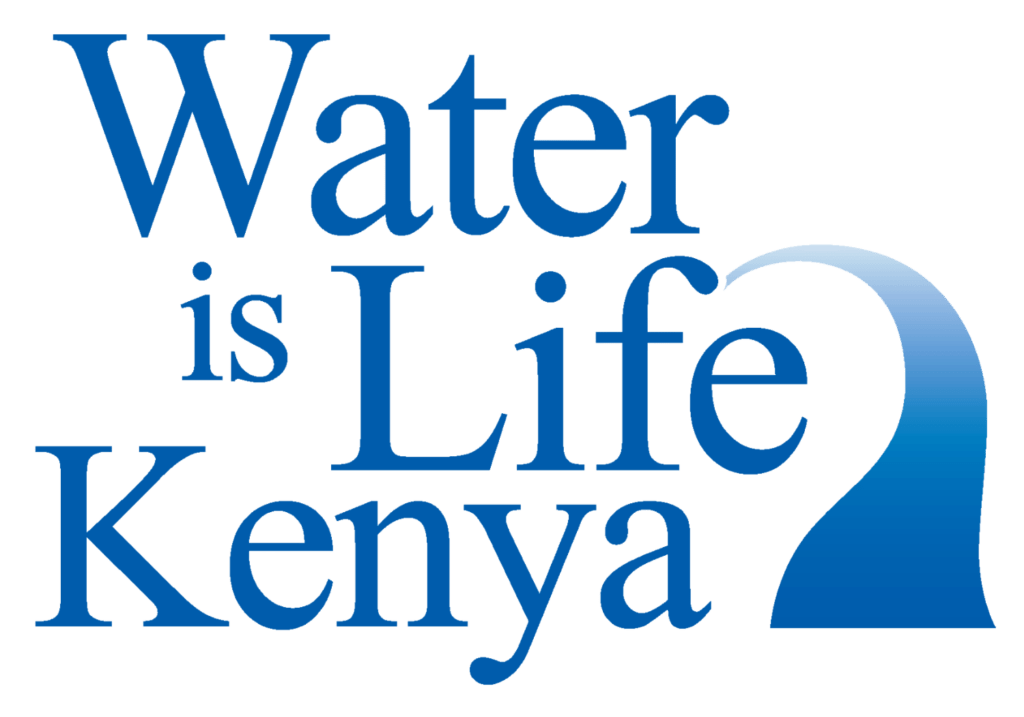
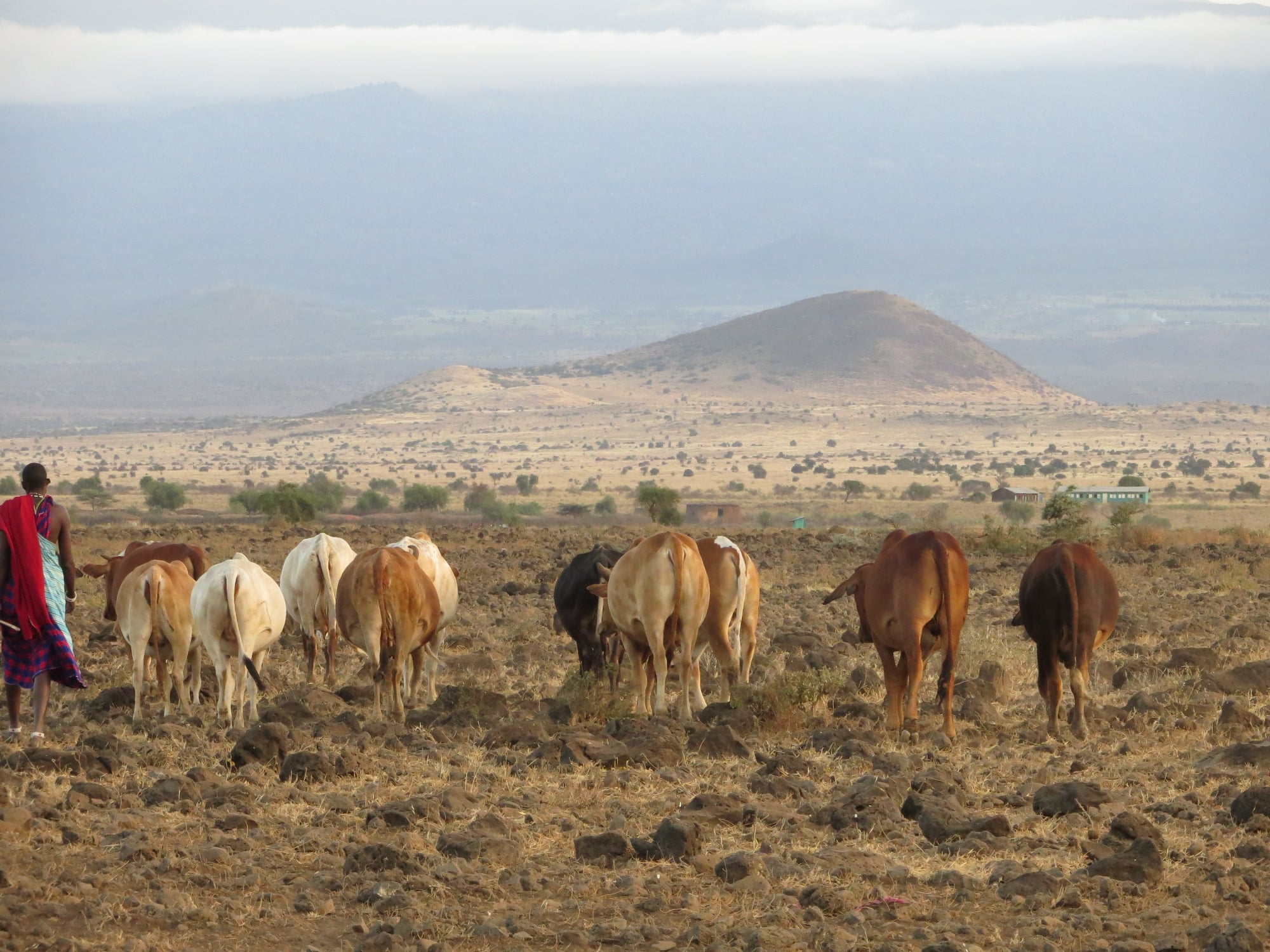
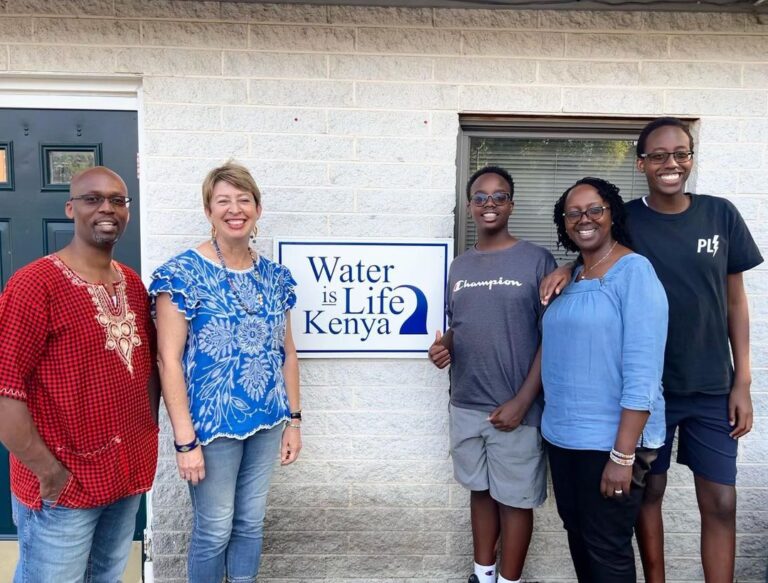
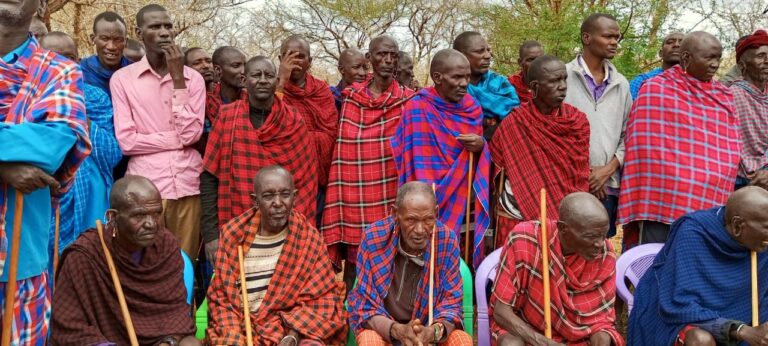
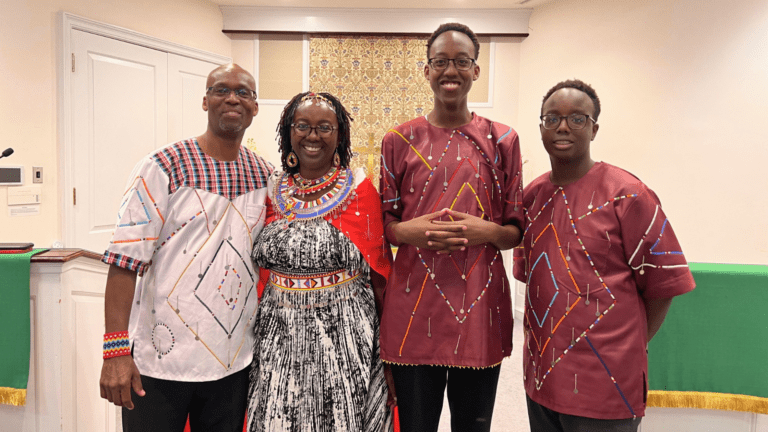

Pingback: Losing Land, Losing Culture: Land Ownership in Maasailand
Pingback: Gathering Around the Fire: Maasai Food Culture | Water is Life Kenya
Pingback: How Kenyans Are Affected by Six Seasons Without Rain | Water is Life Kenya
Pingback: Women Helping Women: How WILK Empowers Women in Kenya | Water is Life Kenya
Pingback: Rain is Falling, But the Drought isn't Over (Yet) | Water is Life Kenya
Pingback: A Tribute to Kenyan Mothers | Water is Life Kenya
Pingback: Animals, LAB, and Maasai Traditions
Pingback: Cows and Goats: Gifts of Hope
Pingback: How to Affect Lasting Changes: People-Centered Work in Kenya
Pingback: From Home to Homeless: Displaced Maasai in Crisis | Water is Life Kenya
Pingback: Program Update: Livestock as a Business | Water is Life Kenya